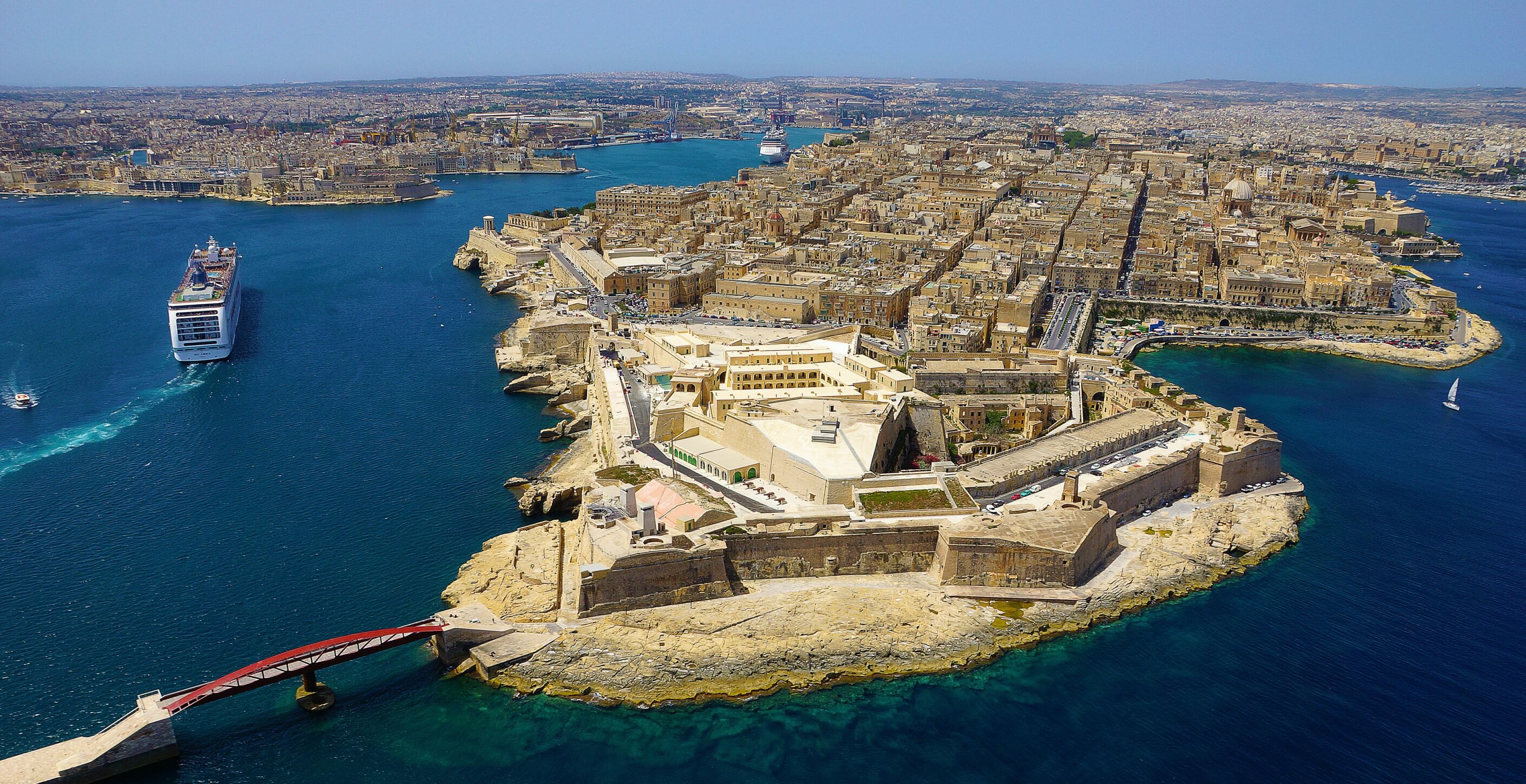- 04.07.2025
- 04:25
- 24.27°C / 75.686°F
Valletta – Fallen Icons, New Beginnings
The Royal Opera House in Valletta, as it once stood between 1866 and 1942 appeared the other day on the popular social media networking site, Facebook. This impressive building designed by English architect Edward Middleton Barry and one of the most iconic landmarks on the Maltese Islands was digitally merged with a recent photograph depicting its precise site location as we know it today.
The image left many in awe of this lost architectural masterpiece – a sight, which for most Maltese represented the prestigious, theatrical culture of a city built by the Knights, under Grandmaster Jean Parisot de La Valette.
Valletta in 1942
Its fate, however, along with so many other beautiful buildings in Valletta was not to last. On the evening of 1942, the Royal Opera house was destroyed by German aircraft bombing and the morning after, inhabitants walked over to its shattered remains where fragments of a once grand and glorified building that was all there was left to witness.
Throughout history and certainly following the destruction of The Royal Opera house, more focus was warranted to preserve and restore Valletta’s unique, cultural heritage. Architects and politicians worked side by side to engineer and protect as it were, the more important buildings such as The Auberge de Castille (one of several Auberges created for the Knights of St John), The Grandmaster’s Palace dominating Palace square, the Malta Law courts in Republic street (previously the Auberge D’Auvergne) and The Manoel Theatre, Malta’s national theatre and home of the Maltese Philharmonic Orchestra, located in Old Theatre Street.

Walking through Valletta today we are once again humbled by the impressive architecture that holds such a special resonance in European history, as well as newly designed establishments which continue to take form right before our eyes. In the place of the Royal Opera House- an innovative architectural creation by Italian architect Renzo Piano functions once again as a performance arts venue. At Castille, and close to where the Auberge de Castille stands, St. James Cavalier – a 16th century Cavalier turned Centre of Creativity in recent years. The venue houses a theatre and independent cinema while hosting regular events from music recitals and dramatic performances to individual arts exhibits and courses.
Strait Street
Along with Valletta’s influential theatre-goer culture, the emergence of boutique shops, hotels, cafes, restaurants and vintage-inspired cocktail bars have brought about the city’s revival while remaining true to its past. Leading this colourful trail of burgeoning artisan trades is the notorious Strait Street nicknamed The Gut, located at the heart of Valletta. Since the 1800s this most talked about avenue attracted visitors from all walks of life, as well as entire neighbourhoods. Known to be full of contradictions where vices of any kind could be found, Strait Street is also home to the first Jazz musicians on the island. Following its abandonment in the 1970’s for over forty years, this street in particular- filled with the most intriguing stories, is again beginning to rise up to the sound of merriment and passing trade. The annual Malta Jazz festival held just below the bastions in Liesse, pays homage to this most captivating and culturally complex world heritage city – where scenes of light and darkness have passed it by and yet, new life is just beginning.
- Posted On: 25th June 2015
- Posted By: Dan Perry
- Category: Latest News